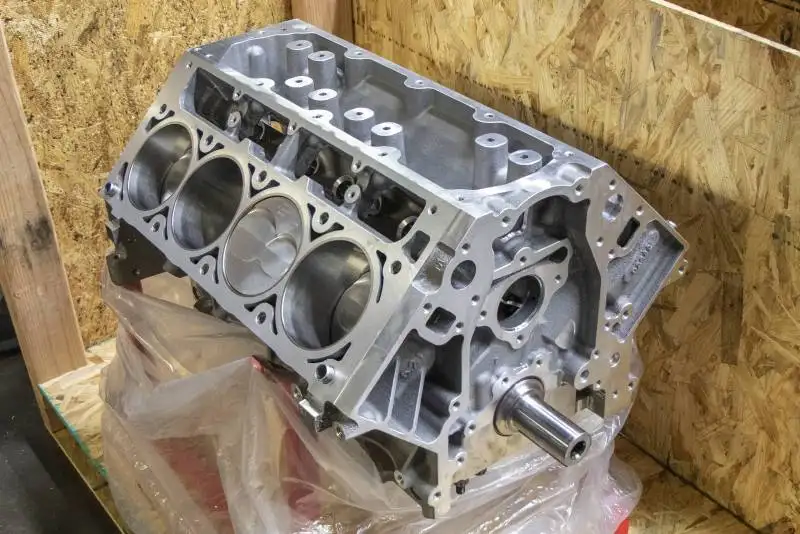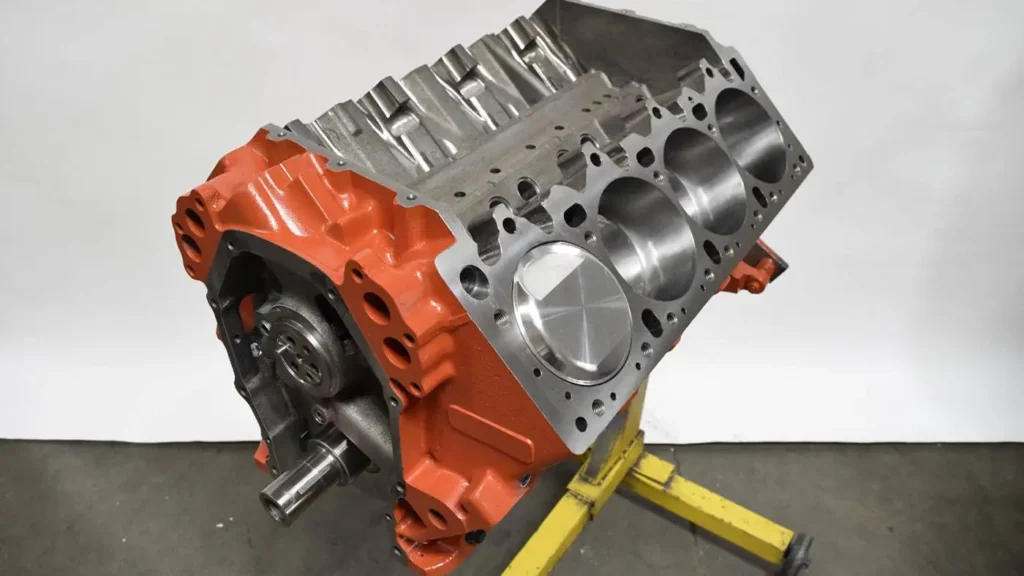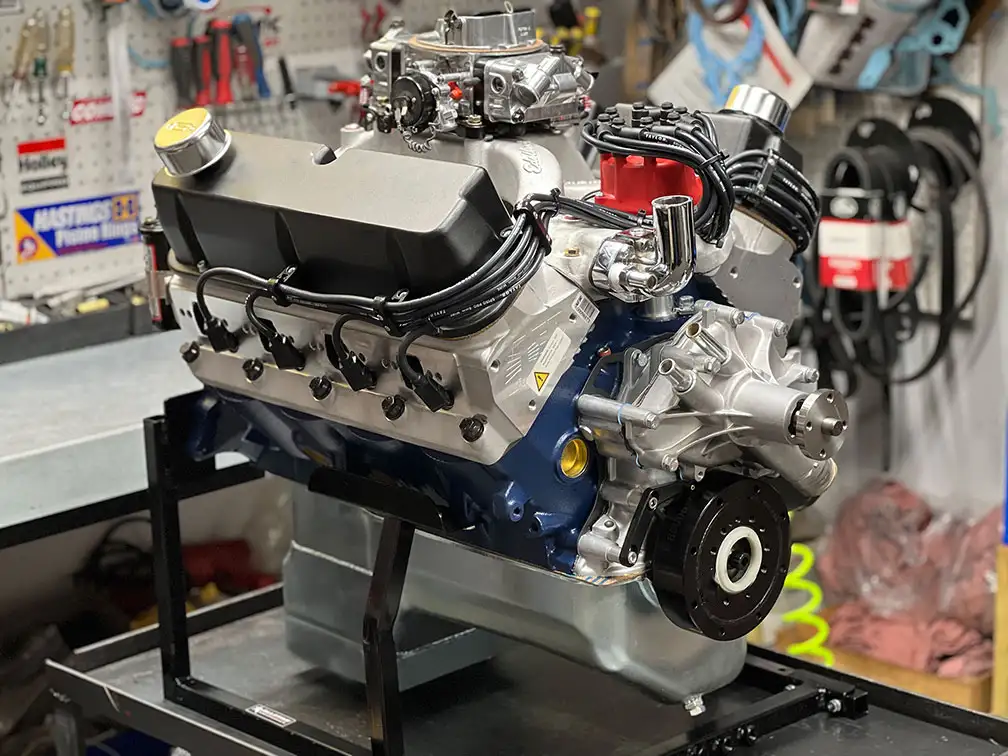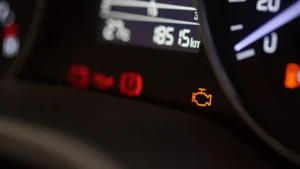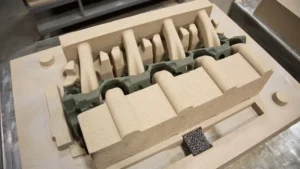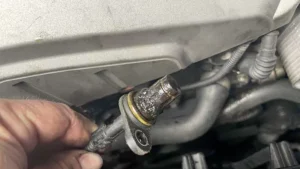When it comes to engine repairs, rebuilds, or performance upgrades, one term often stands out in automotive conversations: short block. Whether you’re a car enthusiast, a mechanic, or someone researching engine replacement options, understanding what a short block is—and when it’s the right choice—can help you make informed decisions.
In this article, we’ll explore what a short block engine includes, how it compares to long blocks and crate engines, the pros and cons of using one, and what to consider when purchasing a short block for your vehicle.

Defining the Short Block
A short block is a partially assembled engine that forms the foundation of an internal combustion engine. It typically includes the engine block itself and several key bottom-end components, such as:
- The crankshaft
- Pistons
- Connecting rods
- Main bearings
- Cam bearings (in some configurations)
However, short blocks do not include critical top-end components such as:
- Cylinder heads
- Camshaft (in most cases)
- Valve train components
- Oil pan (varies by manufacturer)
- Intake and exhaust manifolds
The idea behind a short block is to provide a new or rebuilt core that allows you—or your engine builder—to customize the rest of the engine build according to specific needs or preferences.
What's Included in a Short Block?
Engine Block
The central structure of the engine, housing the cylinder bores and internal oil passages.
Crankshaft
Rotates within the block and transfers linear piston motion into rotational energy.
Pistons
Move up and down within the cylinders, compressing air/fuel mixture and receiving force from combustion.
Connecting Rods
Link the pistons to the crankshaft, transmitting power from combustion.
Bearings and Seals
Provide lubrication and prevent excessive friction or metal-on-metal wear.
These parts are assembled and pre-lubricated to simplify installation, allowing you to focus on completing the engine with your choice of heads, camshafts, and accessories.
Short Block vs. Long Block vs. Crate Engine
To fully understand the advantages of a short block, it’s useful to compare it with two related engine assemblies: the long block and the crate engine.
Short Block
As described earlier, the short block includes the lower part of the engine, typically consisting of the engine block, crankshaft, pistons, connecting rods, and bearings. This option is ideal for those who already have working cylinder heads or want to install high-performance aftermarket components tailored to their specific needs.
Long Block
A long block goes a step further by including everything found in a short block, plus:
- Assembled cylinder heads
- Camshaft and valve train
- Oil pump
- Timing components
This makes the long block a more complete engine assembly, requiring fewer parts to be added separately and significantly reducing assembly time.
Crate Engine
A crate engine is a fully assembled powerplant that is ready to install straight out of the box. It typically includes the oil pan, valve covers, timing cover, and may even come with the fuel delivery and ignition systems. Crate engines are perfect for those seeking a hassle-free, turnkey replacement or upgrade, though they come at a higher cost.
We Offer All Three Options
Whether you’re looking for a short block to build your own custom setup, a long block for a more complete solution, or a ready-to-run crate engine for a fast installation, we’ve got you covered. Our team supplies all three configurations, ensuring flexibility and reliability for every type of project. Need help choosing the right one? Feel free to contact us—our experienced staff is here to provide professional support tailored to your requirements.
Why Choose a Short Block?
There are several situations where a short block is the most suitable and cost-effective option:
Engine Rebuilds
If your engine’s top-end components (such as the heads and camshaft) are still in good condition, a short block allows you to rebuild the engine without paying for unnecessary parts.
Performance Upgrades
Short blocks are a favorite among performance builders who want to use high-flow cylinder heads, custom camshafts, or specific intake/exhaust systems. It offers the flexibility to tailor the engine’s top-end for horsepower, torque, or fuel economy goals.
Budget-Friendly Repairs
Short blocks are typically more affordable than long blocks or crate engines. This makes them a popular choice for repair shops and budget-conscious drivers seeking a reliable rebuild.
Customization
A short block gives you the opportunity to mix and match aftermarket components, build for a specific compression ratio, or choose forged internals for high-performance applications.
Considerations Before Buying a Short Block
While short blocks offer flexibility, they also require careful planning and compatibility checks. Here are key factors to consider:
Compatibility with Existing Components
Ensure your current cylinder heads, timing components, and manifolds are compatible with the new short block—especially if it’s a different generation or build.
Assembly Skills or Professional Support
Installing a short block requires mechanical knowledge and precision. If you’re not an experienced builder, you may need to work with a professional to assemble and tune the engine correctly.
Warranty and Quality Assurance
Whether you’re purchasing a factory-rebuilt short block or an aftermarket performance version, look for:
- Reputable manufacturers or rebuilders
- Warranty coverage
- Balanced and blueprinted components
- Detailed specifications and machining tolerances
Intended Use
Are you rebuilding a daily driver, a race car, or an off-road vehicle? The intended application will dictate choices such as compression ratio, piston material, and crankshaft strength.
Pros and Cons of a Short Block Engine
Pros:
- Cost-effective core for engine rebuilds
- Customization flexibility
- Ideal for performance builds
- Typically available quicker than full engines
- Can reuse existing quality components
Cons:
- Requires additional parts and labor to complete
- Not plug-and-play like a crate engine
- More room for compatibility errors if mismatched components are used
- Requires more knowledge or expert help
Popular Applications of Short Blocks
Short blocks are widely used across various segments:
- Daily Drivers: For vehicles with failed bottom ends but intact top-end components.
- Performance Builds: Turbocharged or high-horsepower applications using forged pistons, stronger rods, and custom internals.
- Restorations: Vintage vehicles being rebuilt with period-correct or upgraded short blocks.
- Fleet and Commercial Use: Affordable rebuilds for delivery vans, light trucks, and utility vehicles.
Brands like Chevrolet Performance, Ford Racing, Mopar, and various aftermarket performance specialists offer short blocks tailored for both OE replacement and racing applications.
The Future of Short Block Engines
While electric vehicles continue to gain traction, internal combustion engines are still dominant in motorsports, heavy-duty applications, and performance tuning. As a result, the demand for short blocks—especially performance-ready or stroker configurations—remains steady.
Modern CNC machining and tighter tolerances mean today’s short blocks are more reliable and efficient than ever. Some manufacturers even offer hybrid-ready short blocks designed to work with mild hybrid systems in newer vehicles.
Final Thoughts
A short block engine is a smart solution for anyone seeking a balance between performance customization, cost savings, and reliable engine rebuilding. Whether you’re replacing a worn-out bottom end or starting a high-horsepower build, the short block offers flexibility and control that other engine packages can’t match.
Understanding what a short block includes, how it differs from other options, and how to choose the right one ensures you’re investing wisely—whether for daily use or pushing performance boundaries.
If you’re considering a replacement or upgrade, a short block might be the missing foundation your project needs.

